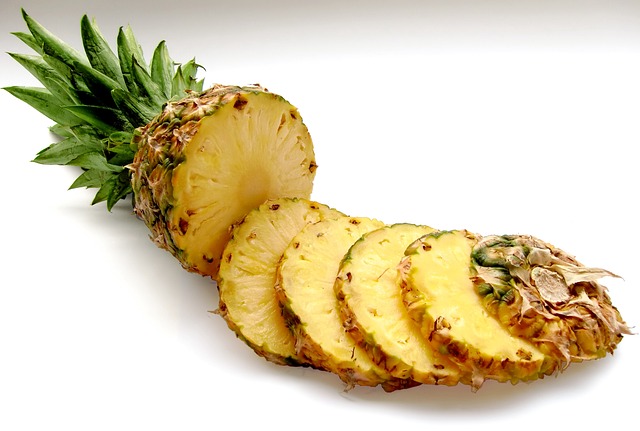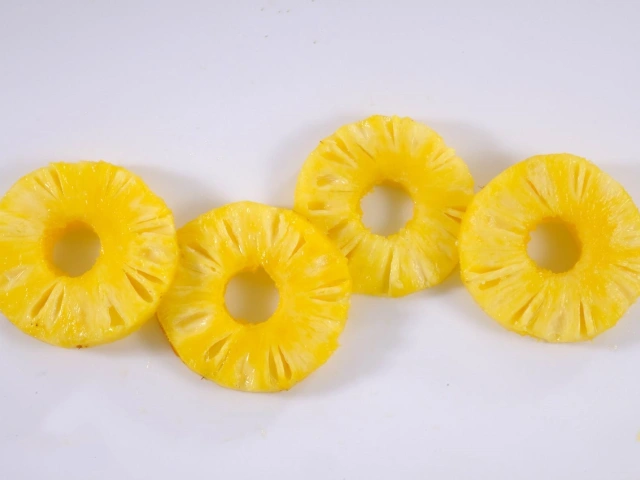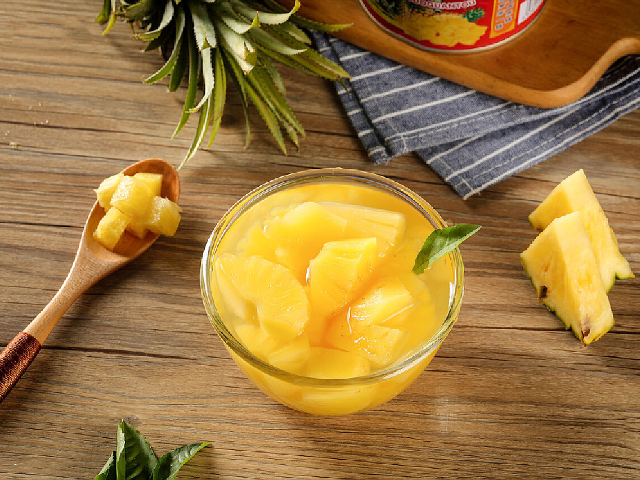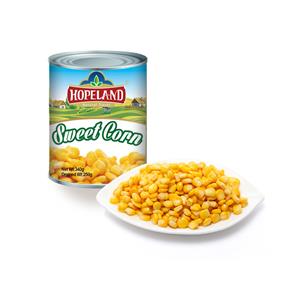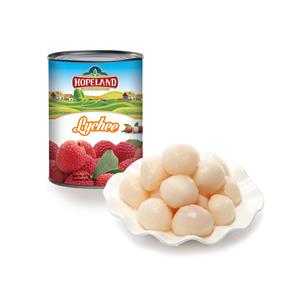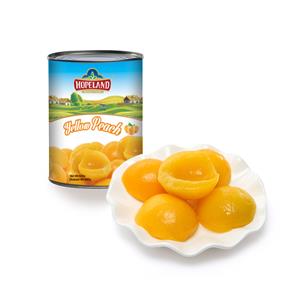How to Choose High-Quality Canned Pineapple
Canned pineapple is a versatile and convenient ingredient, perfect for adding a burst of tropical flavor to a wide range of dishes. Whether you're using it for a refreshing dessert or incorporating it into a savory meal, high-quality canned pineapple can elevate your recipe. However, not all canned pineapple is created equal, and selecting the best product requires careful consideration. In this guide, we will cover essential tips on how to choose high-quality canned pineapple to ensure you get the best taste, texture, and value for your culinary needs.
1. Check the Label: Opt for Pure Pineapple Products
The first step in choosing high-quality canned pineapple is to carefully read the label. Look for products that contain 100% pineapple, with no added sugars, preservatives, or artificial flavors. Pineapple is naturally sweet, so added sugars are unnecessary and can affect both the taste and nutritional content. When selecting a product, prioritize brands that use simple, natural ingredients. Additionally, some labels may specify the region where the pineapples were grown, such as Hawaii or Thailand. These regions are known for producing premium pineapples with distinct flavor profiles, which can influence the overall quality of the fruit.
It's also worth noting whether the canned pineapple is packed in its own juice or in syrup. Pineapple packed in juice tends to have a more authentic, fresh flavor compared to those packed in syrup, which can be overly sweet and mask the natural taste of the fruit. For health-conscious consumers, pineapple in juice is also a lower-calorie option, making it a better choice for a variety of recipes.
2. Examine the Appearance: Look for Bright and Golden Fruit
Appearance is a strong indicator of the quality of canned pineapple. When you open a can, the fruit should have a bright, golden-yellow color that reflects its ripeness and freshness. Avoid canned pineapples with dark spots, discoloration, or a dull hue, as these may indicate poor quality or overripe fruit that has lost its vibrant flavor.
High-quality canned pineapple will also have a consistent appearance in terms of size and shape, especially if you are purchasing pineapple rings or slices. The fruit should be neatly cut and retain its structural integrity. Broken, uneven pieces might be a sign that the fruit has been handled poorly during the canning process. Ensuring that the pineapple looks visually appealing is important, especially if you're using it as a topping or garnish in dishes.
3. Consider the Texture: Tender and Juicy with a Slight Crunch
Texture is another critical factor to consider when evaluating the quality of canned pineapple. The fruit should be tender and juicy, offering a pleasant mouthfeel when you bite into it. High-quality canned pineapple retains a slight crunch, signaling that the fruit was processed at peak ripeness. Pineapple that is too soft, mushy, or waterlogged may indicate that it was overripe before canning or processed incorrectly.
Different varieties of canned pineapple—such as chunks, rings, or crushed—may have slightly different textures, but the general rule is that the fruit should maintain some firmness. A good balance of softness and structure ensures that the pineapple holds up well in both sweet and savory recipes, whether you’re mixing it into a fruit salad or grilling it for a tropical entrée.
4. Smell the Pineapple: A Fresh, Tropical Aroma
A quick whiff of canned pineapple can give you a good sense of its quality. Fresh, ripe pineapple should have a sweet, tropical aroma that evokes the fruit's natural fragrance. If the canned pineapple has a sour, musty, or otherwise unpleasant smell, it may have gone bad or been processed poorly. A fragrant, appealing smell is a good indicator that the fruit is still fresh and full of flavor.
While it may not always be possible to smell canned pineapple before purchasing it, checking the aroma when you first open the can can help you judge whether the product is fresh and high-quality. If you notice any off-putting smells, it’s best to discard the product to avoid potential spoilage.
5. Choose the Right Can Size: Match Your Needs
Finally, when selecting canned pineapple, it’s important to choose the right can size for your needs. Smaller cans are ideal for individual servings, quick snacks, or recipes that only require a small amount of pineapple. These cans are convenient for reducing waste, especially if you don’t plan to use the whole can at once. On the other hand, larger cans are perfect for recipes that call for more pineapple, such as fruit salads, casseroles, or large batches of tropical desserts.
If you opt for a larger can, be mindful of how to store any leftovers. Once opened, canned pineapple should be transferred to a sealed container and refrigerated to maintain its freshness. Leftover pineapple should be consumed within a few days to avoid spoilage. By selecting the appropriate can size for your recipe, you can ensure that you use the fruit efficiently without unnecessary waste.
Conclusion: Choosing the Best Canned Pineapple for Your Dishes
Selecting high-quality canned pineapple doesn’t have to be complicated if you know what to look for. By paying attention to key factors such as the label, appearance, texture, aroma, and can size, you can confidently choose products that will enhance your cooking and deliver the best flavor. Whether you’re whipping up a tropical dessert, adding a sweet contrast to a savory dish, or simply enjoying pineapple as a snack, following these guidelines will help you find the perfect canned pineapple for your needs. With the right choice, canned pineapple can be a delightful addition to your kitchen that combines convenience with great taste.

